My longing for a Minolta TC-1 dates back many many years. Way back before I would know what to do with it. The first time, I got close was in spring 2014. I had the opportunity to buy a TC-1 or a Fuji DL Super Mini. Because the Fuji was 1/5th of a price of the Minolta, I chose the latter. Especially because I was planning a pretty expensive trip to Japan and I could not spare such amount of money.
It’s not very common to post an article about a camera that has already been reviewed here but this is more of a retrospective look at my time with this camera than a review. On top of that, since Hamish sold me his Minolta TC-1 I’ve barely touched other 35 mm film cameras, as such, despite previously posting quite regularly on 35mmc, I now don’t have much else to offer…
Fast forward to about March this year. I have money to spare and I am seriously thinking about the Minolta TC-1. I casual comment on Hamish’s photo of the TC-1. Something along the lines of “Damn, I need to get one of these for myself”. As luck would have it, he was actually thinking about selling it. So I went for it. Maybe a week later I was holding it in my hands and I could not believe my eyes. Sweet! Now, more than 50 films later, let’s look back and evaluate.
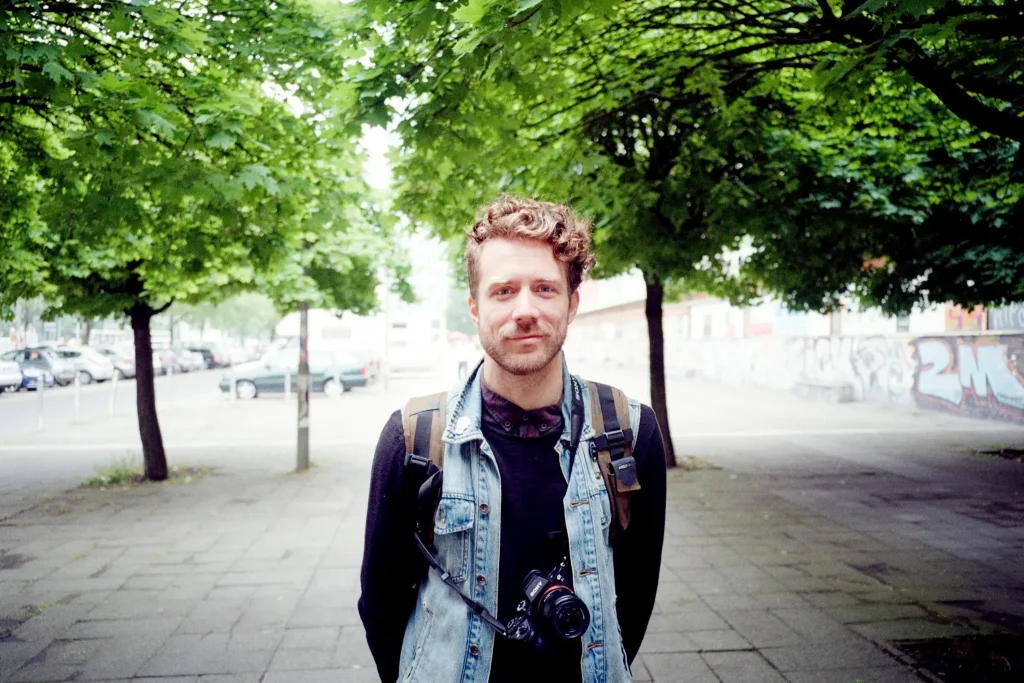
The feel
Right of the bat the Minolta TC-1 gives out the impression of quality. All the glass on the front is perfectly aligned with the titanium housing. You cannot wedge your fingernail in even if you tried. It feels like no expenses were spared in creating this camera. No half-assed solutions (none that I can think off). The Fuji DL Super Mini feels very cheap next to it with its wobbly sliding cover. It has a very solid heft to it and except for some of the buttons and viewfinder frame there is no external parts made of plastic. The battery door locks in place. The DL had a plastic door that did not fit snugly when the battery was inserted. There is number of these small details that just makes you appreciate it in comparison with other cameras. However sketchy the aperture lever may look to you it’s solid. I don’t worry about it.

Not a particulary interesting photo but it goes to show the long exposure capabilities of the TC-1.
The use
It’s not only the feel but how the Minolta TC-1 handles (and images that it produces) that define great cameras. Here the TC-1 can shine again. It’s small, I’ll give you that but If you are in the market for a sub-compact, then you cannot really criticise the camera for being too small. They all are. But I’ve never had problems with finger placement or fingers being in the picture. TC-1 switches on by pressing on/off switch at the back. No more fiddling with the sliding door. On Mju II the sliding door latches quite firmly in place. On DL Super Mini, they do not and sometimes they would slide back and turn the camera off when I grabbed it the wrong way. Press the switch and be done with it. It’s also easier to use it with the light gloves on. Also, you can look through the viewfinder without actually turning the TC-1 on. Sometimes you are not sure whether to take the picture and you just need to check. You can like half slide the doors on Mju but it’s almost like turning the camera on.

Shots against the light has nice haze and flare is absolutely minimal.
Another thing that ground my gears was that when you are shooting in the dark and DL has to use flash, it lights a super bright green diode right next to the viewfinder, effectively blinding you. TC-1 does not do that. It actually doesn’t fire the flash unless you tell it to. There is no auto flash setting. Yeah, you read that right! The viewfinder in Minolta TC-1 is not the biggest but for the size it displays plenty of information. Focusing distance – this can be a bit hard to see especially in the dark, because the scale is transparent and the background is the content of the viewfinder. But the focus confirmation and speed are neatly on the side. The way how the shutter speed is displayed takes a bit of use but you don’t have to read the exact time value of the numbers. It tells you the ballpark and that’s all you need really. If you want to know the shutter speed exactly, just take the camera of your eye with your finger half pressing the shutter and look at the top display. When you half press the shutter it displays the shutter speed it’s going to use. Isn’t it neat?

Key to these vivid hues is to underexpose by 1 stop.
What is also neat is that the TC-1’s display is illuminated. When you light up the display it stays on until you half press the shutter so you can cycle through the settings without hurry. There was some smart thinking done by the engineers in Minolta.
By the way, when shooting in the dark the TC-1 will emit infrared focusing pattern not unlike what Canon’s flashes produce so you don’t have to be too worried about shooting and focusing in total darkness. This is usable only for some reasonable distance of course. Since the flash is not that strong it does not matter anyway. Of course, there is no way for you to check the distance because the viewfinder is black and there is nothing to contrast the distance arrow in the viewfinder but it’s better than being blinded by DL Super Mini. If the camera cannot focus and you decide to press the shutter anyway, it will set the focus distance to 10 m if you have the flash off or 2 m if you have the flash on. This comes in quite handy.

Flash exposure is quite spot on.
While on the subject of use, let’s delve more into my personal experience. Let me tell you how I use the Minolta TC-1 and why I think it’s awesome. I’ve been using Kodak ColorPlus 200 film rated as 100 ISO for some time now. It’s the cheapest film and I am very pleased with the results (the one step overexposure is part of the secret to it). So my settings are: ISO override to 100 (or I tape over the DX code and camera defaults to 100). Manual focus set to infinity. Flash turned off. No exposure compensation. Most of the time the object is so far away it’s effectively at infinity. For those few times I shoot something that is closer, I just press AF button located on the top and in a blink of an eye I am ready (then I have to revert it back to MF). This means that almost every time I start my camera it is 100% ready for the kind of photos I am shooting (given that I haven’t messed up or forgot my settings or want to use flash which is rare).
You might not realize how amazing this is until you lived it. No more pressing some buttons once, twice or more every time you start the camera to turn off the flash. Or pressing the infinity focus lock (if your camera even has one). No stupid cycling through the settings you never use to get to the last one you use almost all the time (if I am not mistaken, the so praised Yashica T4 has infinity focus as the 5th and last setting). If I need to use the spot metering, I can just press a dedicated button without really putting the camera away from the eye. On Mju you need to press both buttons at the same time the right way. Here the settings and features are well thought through. The camera is really a tool with set of options and it does not presuppose anything about the way you shoot. Most of the compacts are designed to be your average family shooter maybe with some special mode wedged in. On TC-1 all modes are equal. You set your camera and it stays that way. Awesome.

The light was fading quickly but I could just whip out the TC-1, meter the clouds with spot and bang!
But the list of great things continues. The lens extends to position when you half press the shutter and once you depress it completely it just takes the picture. The Minolta TC-1 extends the lens almost in an instant. I had a Nikon 28Ti in my hands and while it is wonderful camera with excellent metering, after you press the shutter there is a moment of silence when the camera is not doing anything before it extends the lens and is ready to shoot. I found it annoying. I guess you’ll get used to it after a while but the TC-1 feels much more responsive.
One small thing to close this part. When the battery gives up in the middle of the shooting, the TC-1 shuts itself off or it won’t even start and flash empty battery sign. With DL Super Mini it happened to me quite a few times that I opened the camera, extending the lens drained the last bit of energy and I could not shoot and could not close the camera. It could be closed once the fresh battery was inserted. This left the lens and barrel sticking out for all the scratches and bumping it could receive before you sourced a new battery (if you didn’t have a spare). This won’t happen with the TC-1.
The photos
Even if the Minolta TC-1 handling is amazing it cannot redeem it if the pictures it takes are bad. This is what made me decide against keeping the Minolta Riva Zoom. Overall the camera was nice but I didn’t want to use it because I just didn’t like the pictures.
But not all Minoltas are alike. The TC-1 has amazing lens (So amazing that there is a M mount version of it). The only downside is a slight pincushion distortion. This is noticeable only very rarely when you are framing through a window or door and you have some straight line at the very edge of the frame. There might be 10 pictures from my 50 plus films where it is noticeable. I can live with that. Unlike my Fuji DL it is sharp corner to corner. Extreme corners on my Fuji were completely blurred when shooting on f/3.5. On TC-1 you would be hard pressed to find some flaw in the images the TC-1 produces. I know would.

When shooting sunsets, I usually shoot about ten pictures with varying exposure or meter with spot metering.
When I talk about the Minolta TC-1 with other photography geeks they usually mention that it’s too wide for them. Fair enough. Somebody is more of a 35 mm person I am more of a 28 mm person. I have nothing against 35 mm, it is a wonderful focal length. From my experience I found 35 mm to be too narrow for me. Of course the 28 mm can often render the subject of the photo quite small and insignificant but if I’d want to zoom in, I’d need a 50 or 85 anyway. So 35 mm wouldn’t cut it anyway. Besides, I carry also a Fuji X70 which has 28 mm equiv. lens so that’s a nice combo.
For some people the Minolta TC-1’s f/3.5 lens is really slow. I do not agree. I see 3.5 as a middle ground. I’d consider lenses below that to be slow and above that to be fast. We’ve been spoiled by the number of f/1.4 and below lenses from wide to long but really, considering the size and the quality of the lens it’s pretty good. I’ve never been really limited by it. I shoot 100 ISO film so even 2.8 would not be of much help anyway when shooting in the dark.

This photo was taken from a tripod and a self timer.
Let’s delve into the exposure a bit more. What separates the TC-1 from most of the cameras is also the exposure range. Some cameras, like DL Super tops on ½ of a second so it can very well happen that some of your evening shots without flash will be underexposed. This is not the case with Minolta. TC-1 tops out at 8 seconds! I have quite a few shots where I used a tripod and self-timer to take the shot and they look great. Together with the manual focus, exposure compensation and displaying the shutter speed on the display it transforms the TC-1 into a very capable shooter. As far as the ISO range goes it starts at insanely low ISO 6 and goes to 6400 in 1/3 increments. On top of that you have a plus minus 4EV compensation by half a step. Statement that this an SLR in compact body is completely justified.
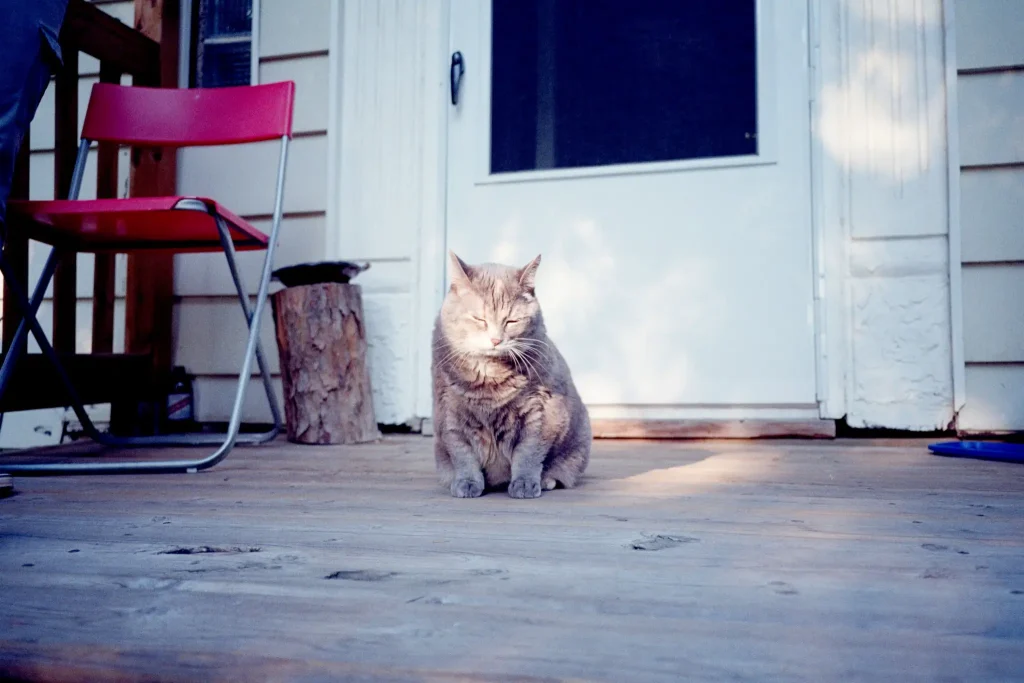
Photographing cats is no easy task. TC-1 is quite quick to focus.
When it comes to exposure, I don’t recall any badly underexposed photos. Only badly underexposed photos were due to user error. I’ll touch this later in section quirks.
Scanning the photos is an absolute joy. All images are spaced evenly and I can just feed it to my scanner and let it work its way through it. Many other cameras, even higher specs ones, have at least one or two frames per film, where the spacing is uneven and it can offset the half of the film. With Ricoh R1/Rollei Prego I sometimes had to scan the film three images at a time and then realign the frames instead of running the film through scanner automatically. Also since I am shooting the same film the same way, I have saved the preset and I know that the colors I get are right. My scanner allows me to scan at about 20 MPix (5600px for the long side) and you can really “grain” peep at this level. The TC-1 won’t let you down. The lens is super sharp and provides excellent rendition to the scenes.
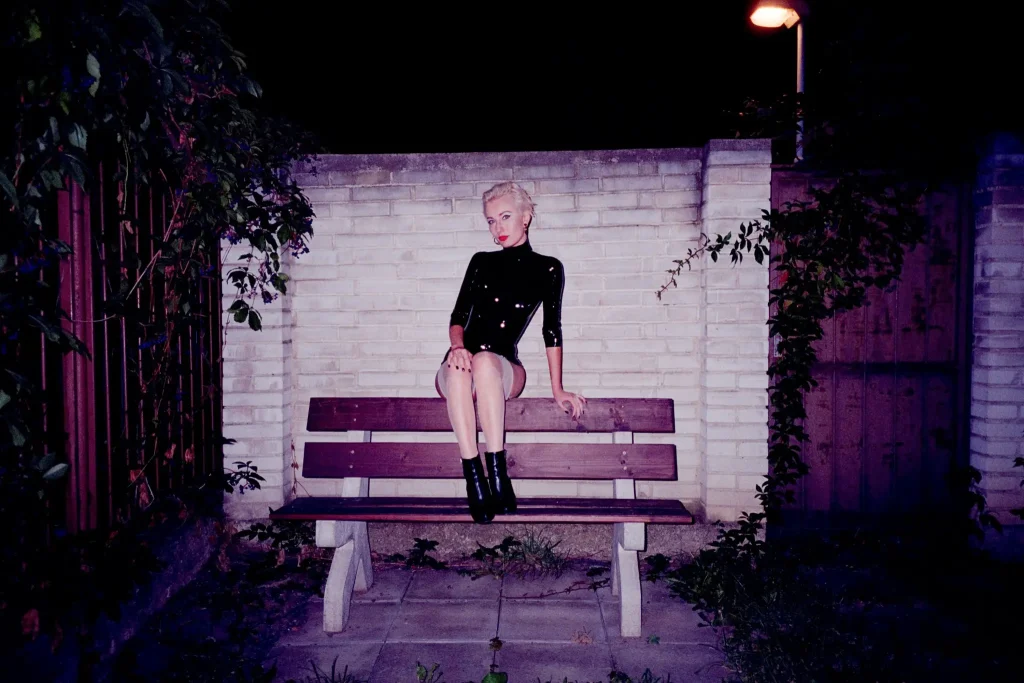
This is about the maximal usable range for the flash (ISO 200 film rated as 100)
The photos itself are great. I have so many instant favorites. Because of the lens, circular aperture, exposure range and metering, almost whatever you throw at it, it can handle it. The exception to the rule might be some pictures with a flash. The flash is very small so it does not really work past few meters or so with the 100 ISO film. Throw in TriX at 1600 and it would be a different story.
The quirks
The most prominent quirk of the Minolta TC-1 is the manually operated aperture. This small inconvenience is balanced out by the fact that the aperture is always circular. You might object that on such wide lens the bokeh is not really worth mentioning. This is not really true. While shooting head shot on 3.5 it provides very nice separation to the background. Of course once you are on f/16 it doesn’t really matter. But the shape of the aperture affects not only bokeh but the flare as well. You won’t ever get some weird star-like shapes. The aperture is also missing f/11. It goes 3.5, 5.6, 8 and then 16. There is no room for 11 on the lens barrel. I’ve never found it to be a problem. Once you want to go to f/11 you can just go all the way.
While I am discussing the aperture: There is a depth of field table on the internet that you can look up (or you can compute it yourself) that would give you the hyperfocal distance (or the closest bigger) focus distance for each aperture. I’ve seen the chart, computed it myself as well and did a test. Shot on all apertures and compared how the infinity looked when focused to infinity and to computed hyperfocal distance. The difference is noticeable. On 3.5 the softness is apparent on full screen viewing. You don’t have to zoom in. It gets better gradually but when zoomed in (on the 20 Mpix scans) you can totally tell a difference between f/16 focused to infinity vs focused to hyperfocal distance.

Since the aperture is hand operated, the TC-1 expects user to set it to 3.5 if he uses the flash. Otherwise the picture will be underexposed. This happened to me quite a few times. I fired few shots away before realizing that I had the aperture on f/16. The pictures did not turn out. Sometimes it can be handy though. I have few shots where I had the lens stepped down a bit and I was shooting in small lightly colored room and the photo turned out amazing. It would have been overexposed had I not stepped the lens down for the bounced light.
This stepping down might be also used to balance the flash and ambient light. In the nighttime flash mode, the flash fires but the shutter will stay open till the photo is fully exposed. Say you are shooting somebody in front of a window and you want him to be lit by the flash but the background to exposed correctly as well. By changing the aperture, you are affecting only the flash. The shutter speed will be correspondingly longer. If you’d like to change the background and not the flash, you would use exposure compensation and dial it down or up. This does not affect the flash but rather only the ambient exposure. If you think about it, it kind of makes sense and in this way the Minolta TC-1 works like it would in SLR camera.

Shot with night time mode on but the ambient exposure was on +/- 0EV
If you’d like to change only the flash output and make it stronger or weaker in regular flash mode, you need to play with the ISO setting. The aperture won’t change and the shutter speed does not matter because it is a leaf shutter so the camera will adjust the flash brightness accordingly. Now all this is bit of a stretch but I used it few times and it worked well. You just need to do a bit of thinking, but usually when I combine the ambient and flash exposure I just dial -1 EV for the ambient and the results are fine.

Again shot with night time mode on and ambient exposure set to -1 EV.
All of this can be achieved basically by one dial and one lever. It is not that cumbersome once you’ve get to know it really. Most of the time I don’t touch it anyway. I have my go to settings and I know I can do almost anything should I wish to do so.
The verdict
If I think about it, every other camera required me to do something on top of what I really wanted. Constantly switch modes, turn off flash or scan the film almost one frame at a time. Not the Minolta TC-1. There are just no (or close to none) obstacles, no friction, no annoyance that stops me from shooting as much as I can. I’ve never head similar experience with film compact camera. All of the Mjus and Fujis were fun and gave nice results but sooner or later I ran into limitations. Minolta TC-1 feels as close to the ideal camera as it can probably get. The more I shoot with it, the more I like it and I am eager to get my films as soon as I finish them. The results amaze me every time with their richness in color, with their crispness in sharpness, with their spot on exposure… The TC-1 is a camera I can rely upon. That I take with me anywhere day or night and that will get me the photos I see and it gives me this without any hustle.
If you would like to see more photos taken with the TC-1 just visit my point & shoot tumblr blog – sort-of-blue.tumblr.com – to see only the images taken by the TC-1 just filter through via tag – sort-of-blue.tumblr.com/tagged/Minolta. I have to warn you. There is some NSFW photo from time to time.
Share this post:
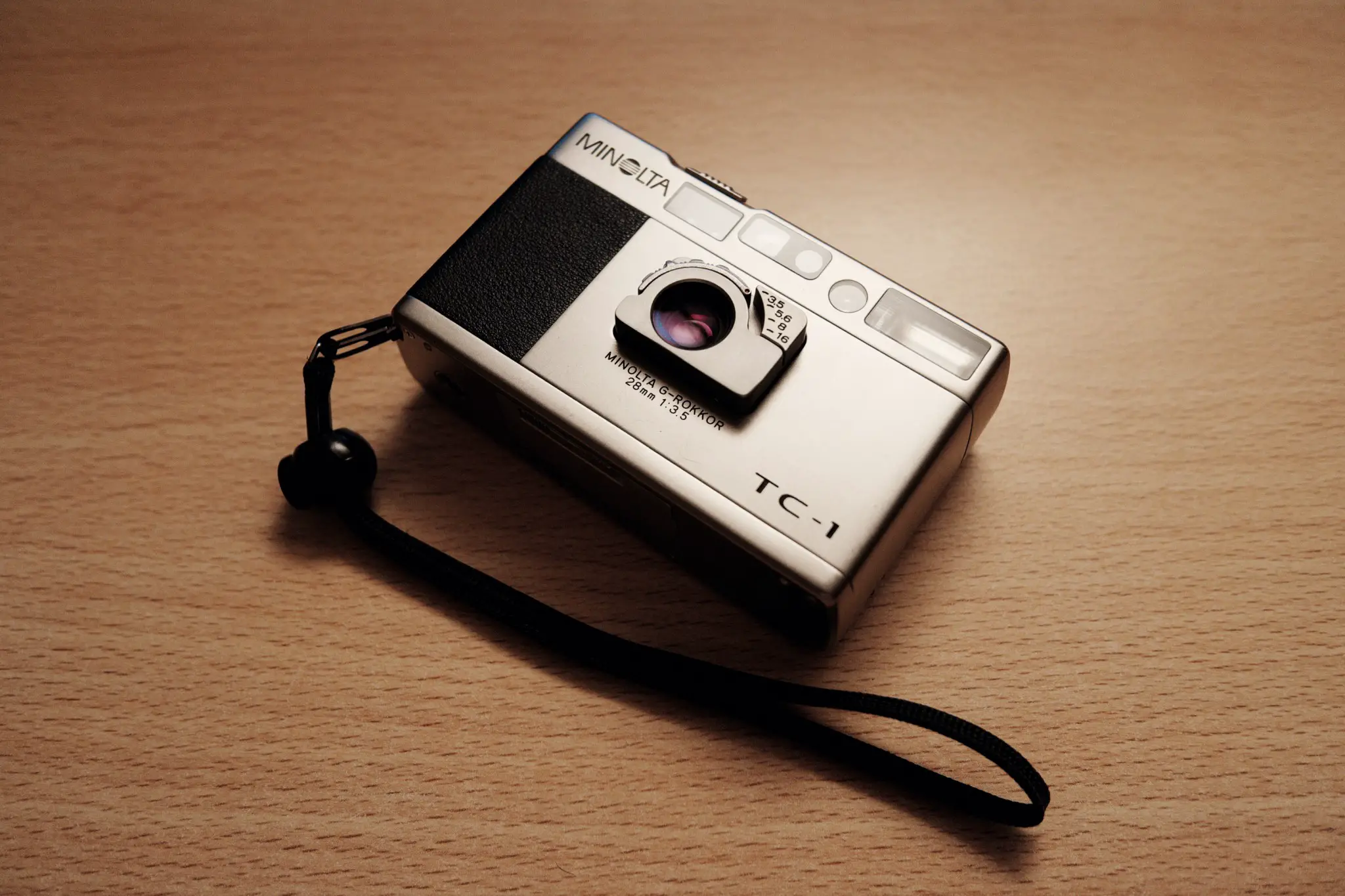

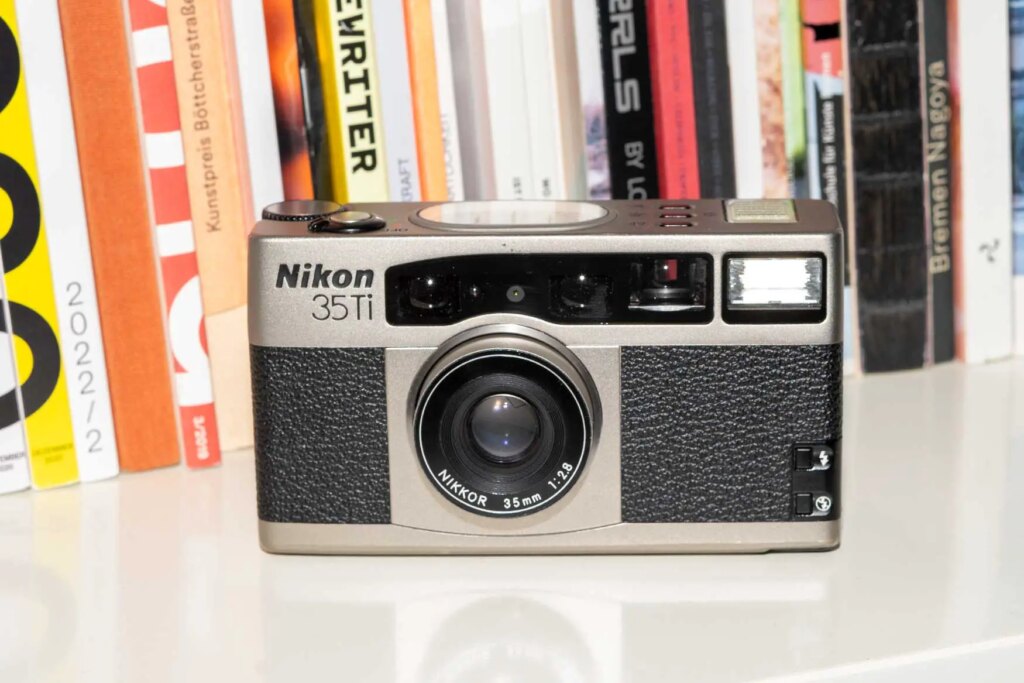
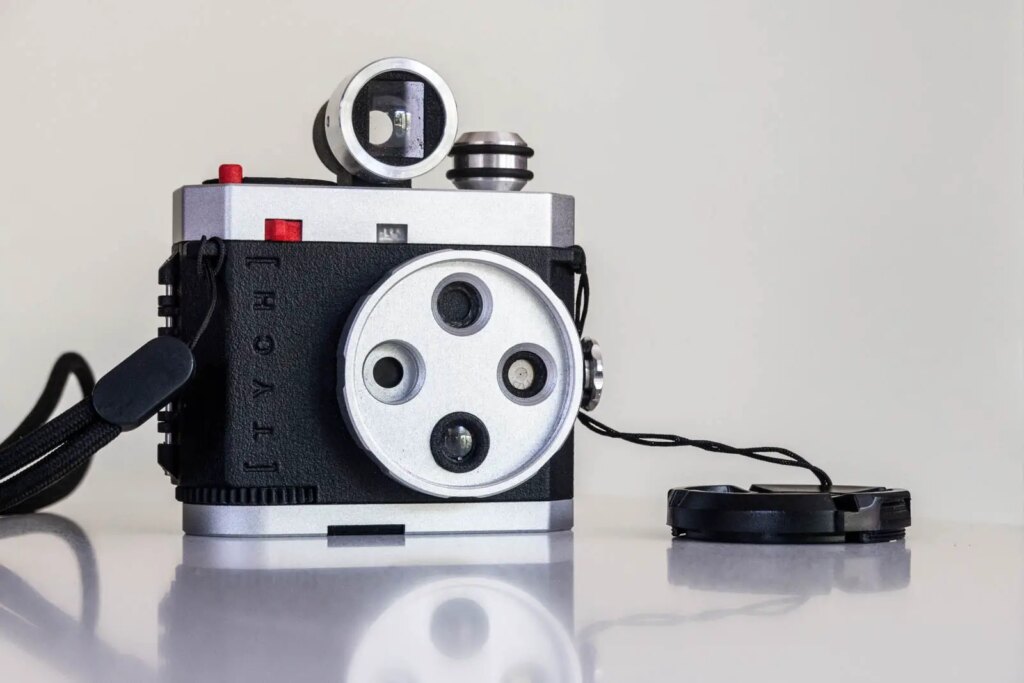
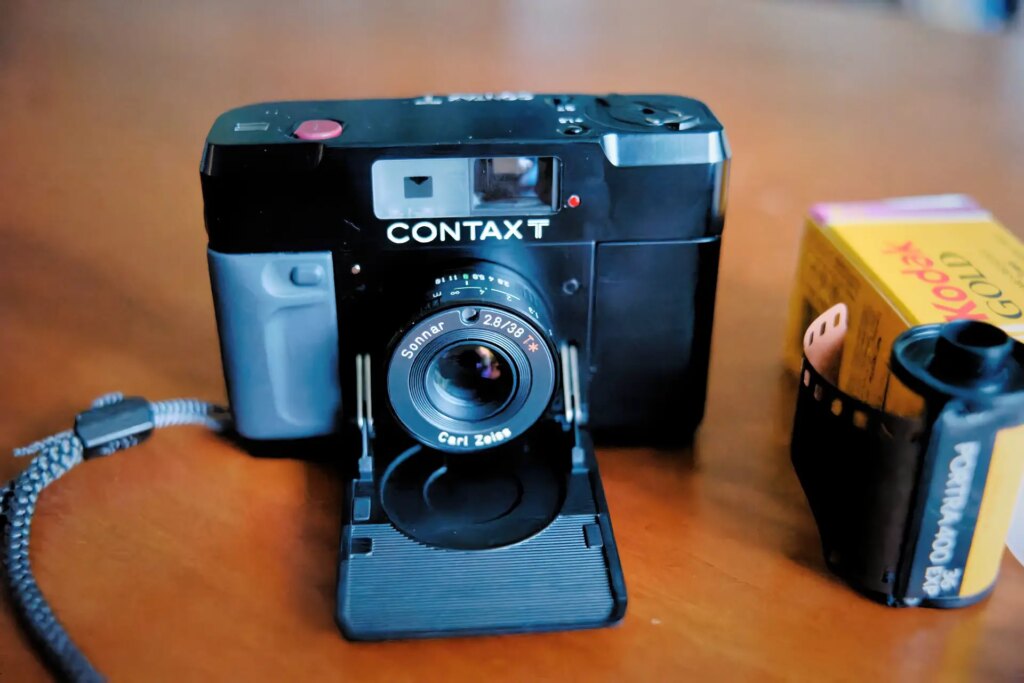




Comments
George Appletree on Minolta TC-1 Review – A Worthy Companion – by Benn Murhaaya
Comment posted: 28/01/2017
How to make use of the available resources, that's a good question.
High profile cameras want doing everything and trend limiting our imagination and at last our own skills.
Cheers
Gary on Minolta TC-1 Review – A Worthy Companion – by Benn Murhaaya
Comment posted: 28/01/2017
The focus noise is insanely loud.
joby on Minolta TC-1 Review – A Worthy Companion – by Benn Murhaaya
Comment posted: 09/02/2017
Mark Ette on Minolta TC-1 Review – A Worthy Companion – by Benn Murhaaya
Comment posted: 20/04/2017
Damien on Minolta TC-1 Review – A Worthy Companion – by Benn Murhaaya
Comment posted: 03/06/2017
Comment posted: 03/06/2017
Canon EOS 33 Review - An overlooked treasure - By Benn Murhaaya - 35mmc on Minolta TC-1 Review – A Worthy Companion – by Benn Murhaaya
Comment posted: 31/03/2018
Robert Andrews on Minolta TC-1 Review – A Worthy Companion – by Benn Murhaaya
Comment posted: 01/08/2018
I fired two thirds of a roll of Ektar through a TC-1 that I borrowed.
Oh my sweet Lord! This is a revelation. Using it is great but the images are stunning. This is a genuine question: if cameras like this could be made in 1996 why was there so much crap made afterwards?
When it came to making cameras Minolta was seen as that weird kid in the corner who had genius ideas (the A-mount) on some days and really off beat ones (talking cameras, f/1.7 kit lenses) on others.
The TC-1 is the perfect combination of quirky (aperture selector) with a well thought out user experience (features, menu and menu advance sliding switch) and amazing build quality (that lens protector!)
I'm in love with this little weirdo
Was this the pinnacle of compact 35mm cameras?
Comment posted: 01/08/2018
Matthew Brown on Minolta TC-1 Review – A Worthy Companion – by Benn Murhaaya
Comment posted: 28/03/2021